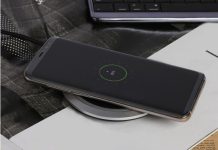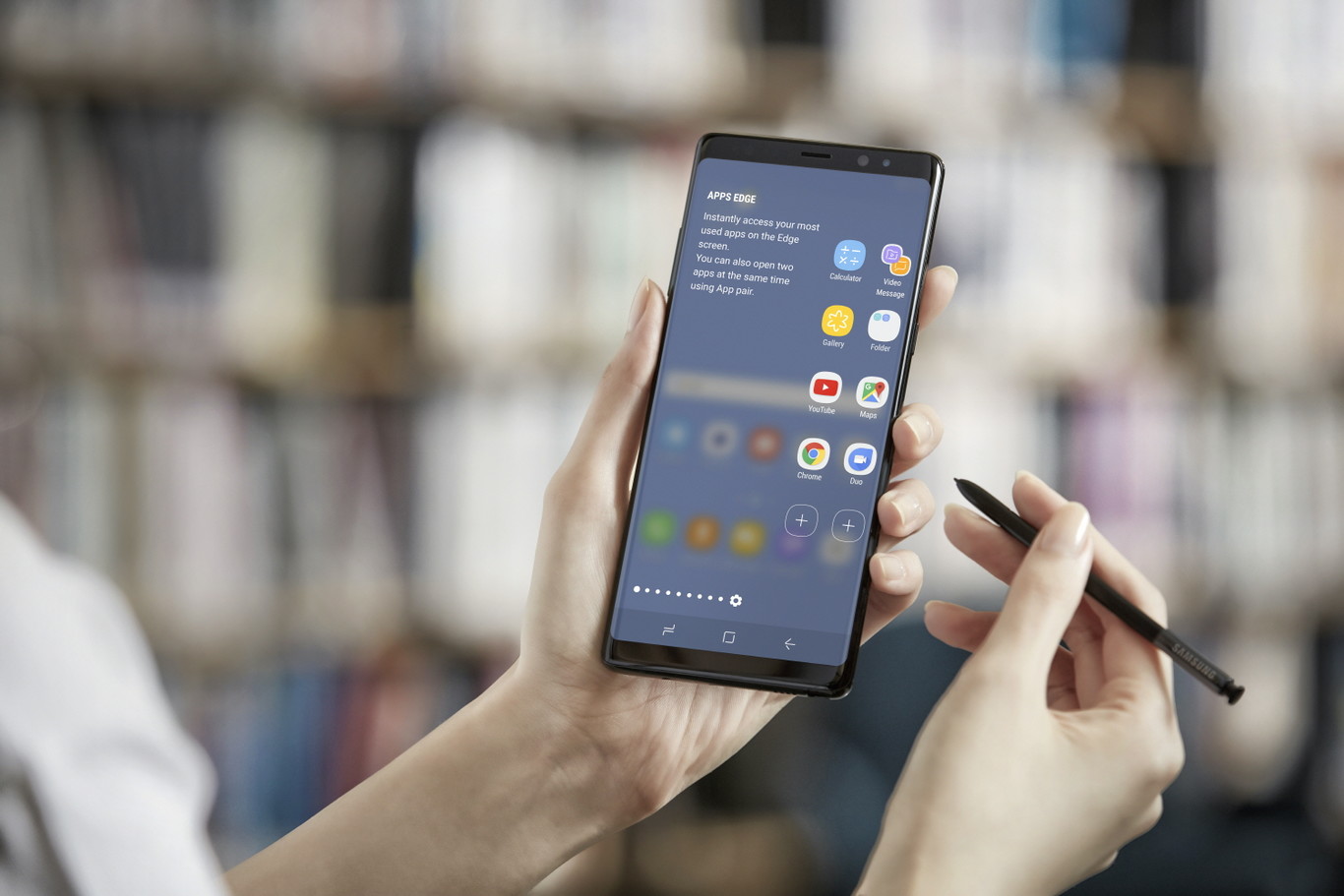
After all the troubles this family of devices suffered in its previous generation, the moment of truth has arrived. Samsung has just presented the new Galaxy Note 8, the new flagship with which the Koreans seek to continue at the top of the mobile device industry.
As it has done in previous generations, the new Note borrows the design cues from the Galaxy family and adds distinctive accessories like the S-Pen. The device does not vary much in size with the larger Galaxy S8, but it does also add some improvements, such as the dual camera that allows a 2X zoom.
Technical sheet of the Samsung Galaxy Note 8
Before talking in depth about the new Galaxy Note 8, we will start by reviewing in a table what its main technical characteristics are.
| CHARACTERISTICS | SAMSUNG GALAXY NOTE 8 |
|---|---|
| DIMENSIONS AND WEIGHT | 162.5 x 74.8 x 8.6mm and 195 grams |
| PROCESSOR | Exynos 8895 64 Bits and 10nm or Qualcomm Snapdragon 835 depending on the market |
| RAM | 6GB RAM |
| INTERNAL STORAGE | 64 GB expandable up to 256 GB via microSD |
| SCREEN | 6.3″ Super AMOLED with QHD+ resolution |
| BATTERY | 3,300mAh |
| SOUND | A.K.G. |
| FRONTAL CAMERA | 8MP AF sensor and f1.7 aperture |
| REAR CAMERAS | Dual system: 12MP AF and F2.4 + 12MP Dual Pixel and F1.7. Camera focal length: 52 and 26mm Both sensors with OIS (optical stabilization) |
| OPERATING SYSTEM | Android 7.1.1 with TouchWiz |
| CONNECTIVITY | WiFi ac MIMO, Bluetooth 5.0, LTE Cat16 |
| ADDITIONAL FEATURES | Fast charging, fast wireless charging, USB C connector, 3.5 mm jack. |
| BIOMETRIC SECURITY SYSTEMS | Iris scanner, fingerprint reader, and facial recognition |
| PRICE | 1,010.33 euros You can book at: El Corte Inglés , Fnac |
As we can see, practically all the characteristics of the device that have been rumored have been fulfilled, except for two configurations of internal memory and RAM. Instead, the Note 8 will only have a single configuration of 6 GB of RAM and 64 GB of storage, expandable up to 256 GB via microSD cards.
What can vary is the processor that is equipped. As usual at Samsung, depending on the market, we can have Samsung’s Exynos 8895 SoC or the recurring Qualcomm Snapdragon 835 that we have been seeing in practically all the flagship devices of the main brands.
Nor could the cast of extras be missing, such as fast or wireless charging, the USB Type-C connector or the headphone port, and the classic connectivity systems. It also adds various biometric sensors, from fingerprint and iris scanners to facial recognition.
Design continuity
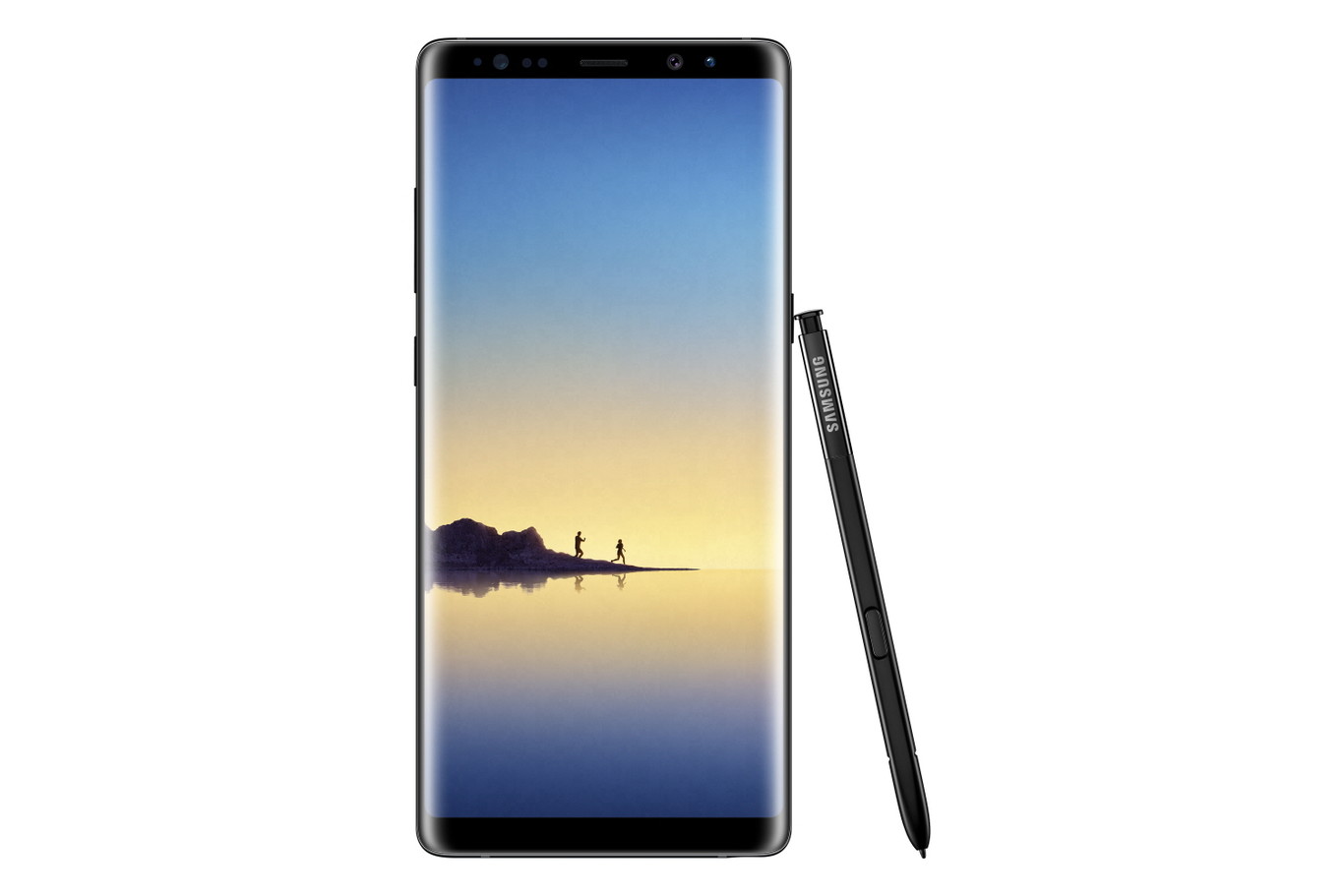
One of Samsung’s big bets this year has been the AMOLED Infinity Display screens. We have seen them in the Galaxy S8 and S8+, making practically the entire front made up of a screen, and we will see it again in the Note 8 with its 6.3 inches and QHD+ resolution of 2960×1440 pixels.
Therefore, the Note 8 will have practically no frames, so the front physical button where the fingerprint sensor is used will be placed on the back of the device as with the Galaxy S8.
The most notable difference is that while the S8 had fairly rounded corners, the Note will have a slightly boxier, more understated look. For the rest, there are not many other changes. The back will be made of glass and available in Midnight Black, Orchid Grey, Deepsea Blue, and Gold colors. Black, grey, blue, and gold.
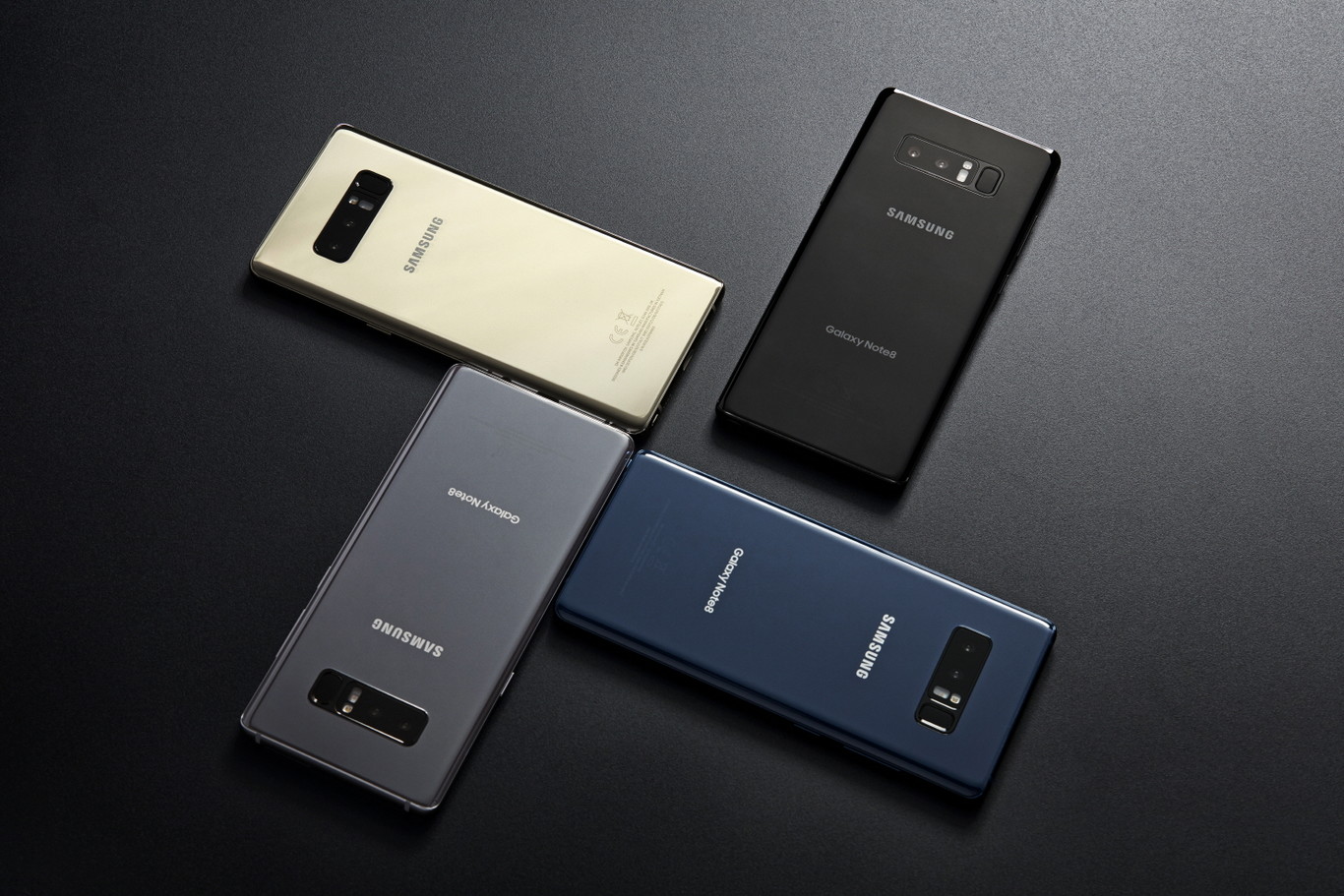
As for the size, the Note 8 will have 162.5 x 74.8 x 8.6 millimeters. This makes it a phone slightly larger than an S8+ with dimensions of 159.5 x 73.4 x 8.1 mm. The Note 8 weighs 195 grams, 20 grams higher than the brand’s previous flagship.
Continuity continues arranging the controversial fingerprint sensor that Samsung brought to the rear after eliminating the frames on the front. Therefore, we again have the fingerprint reader next to the double camera; only the LED flash is placed between the two. It will have to be tested to see if there is a sufficient separation to not fill the camera with fingers when trying to unlock it.
Instead, one of the things to be thankful for is that it seems like Samsung isn’t willing to sacrifice the headphone jack slot like other manufacturers are doing. It will also maintain the classic IP68 protection against dust and water.
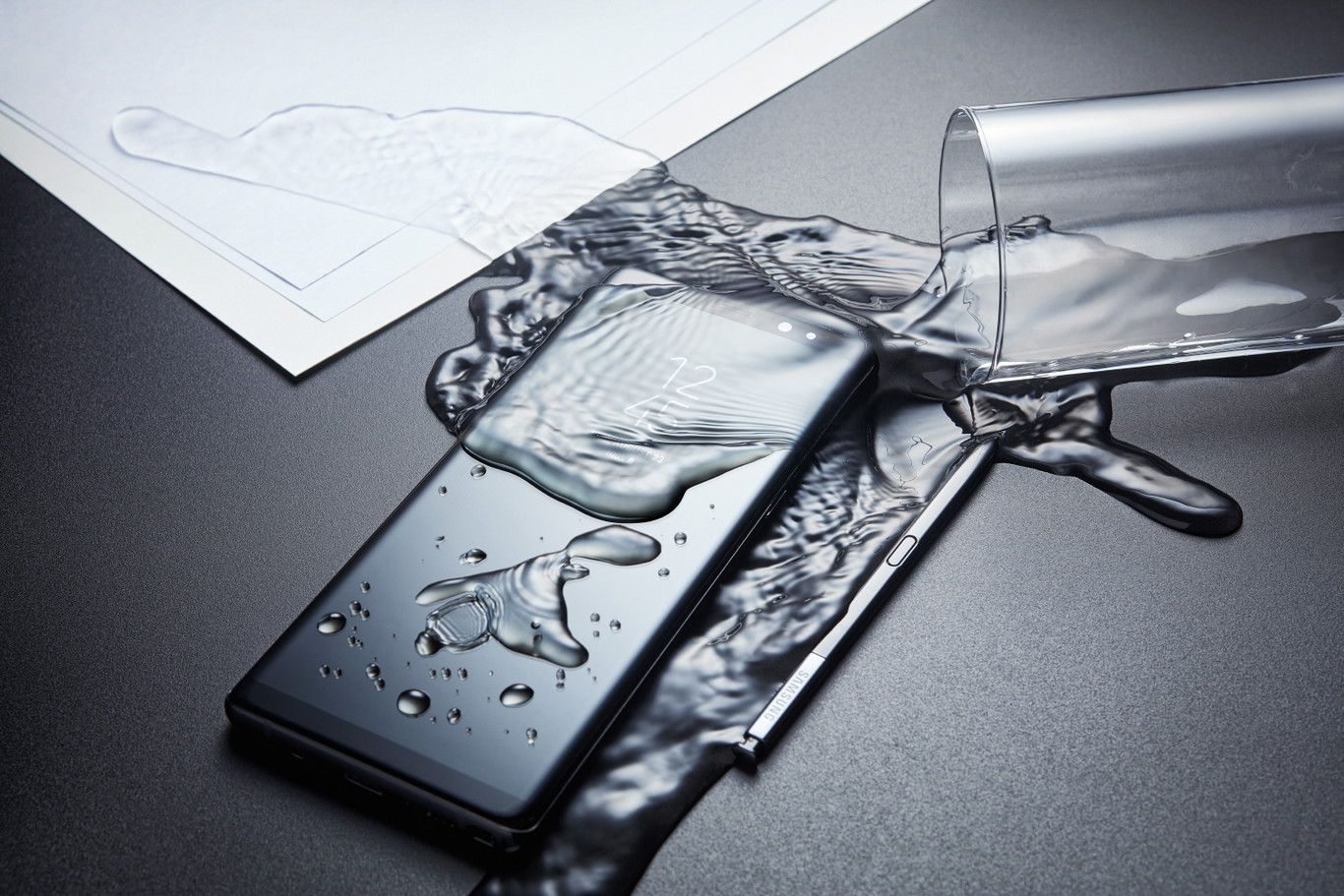
But the big differentiator between the Galaxy S and Note ranges is still the S-Pen. With 4,096 levels of pressure and a 0.7-millimeter tip, it allows us to perform different actions such as taking notes with the screen locked, cropping and selecting elements, or drawing.
Its incorporation has two negative points. On the one hand, we have already said that it is a little heavier than the S8+; on the other, the battery capacity drops to 3,300 mAh. In this regard, it is logical that after what happened last year, Samsung has preferred not to take risks, even if that means penalizing autonomy.
Dual camera and 2X optical zoom

One of the great novelties of Note 8 compared to other company flagships is that Samsung has finally decided to leap to dual camera systems. They have chosen two 12-megapixel sensors, both in color and with optical image stabilization.
The first has its already mentioned 12 megapixels, autofocus, and an F2.4 aperture, while the main one has an F1.7 aperture and Dual Pixel technology. They will have focal lengths of 52 and 26 millimeters; between them, they get a 2X optical zoom. In this way, Samsung enters into the growing trend of adding optical zoom to high-end cameras.
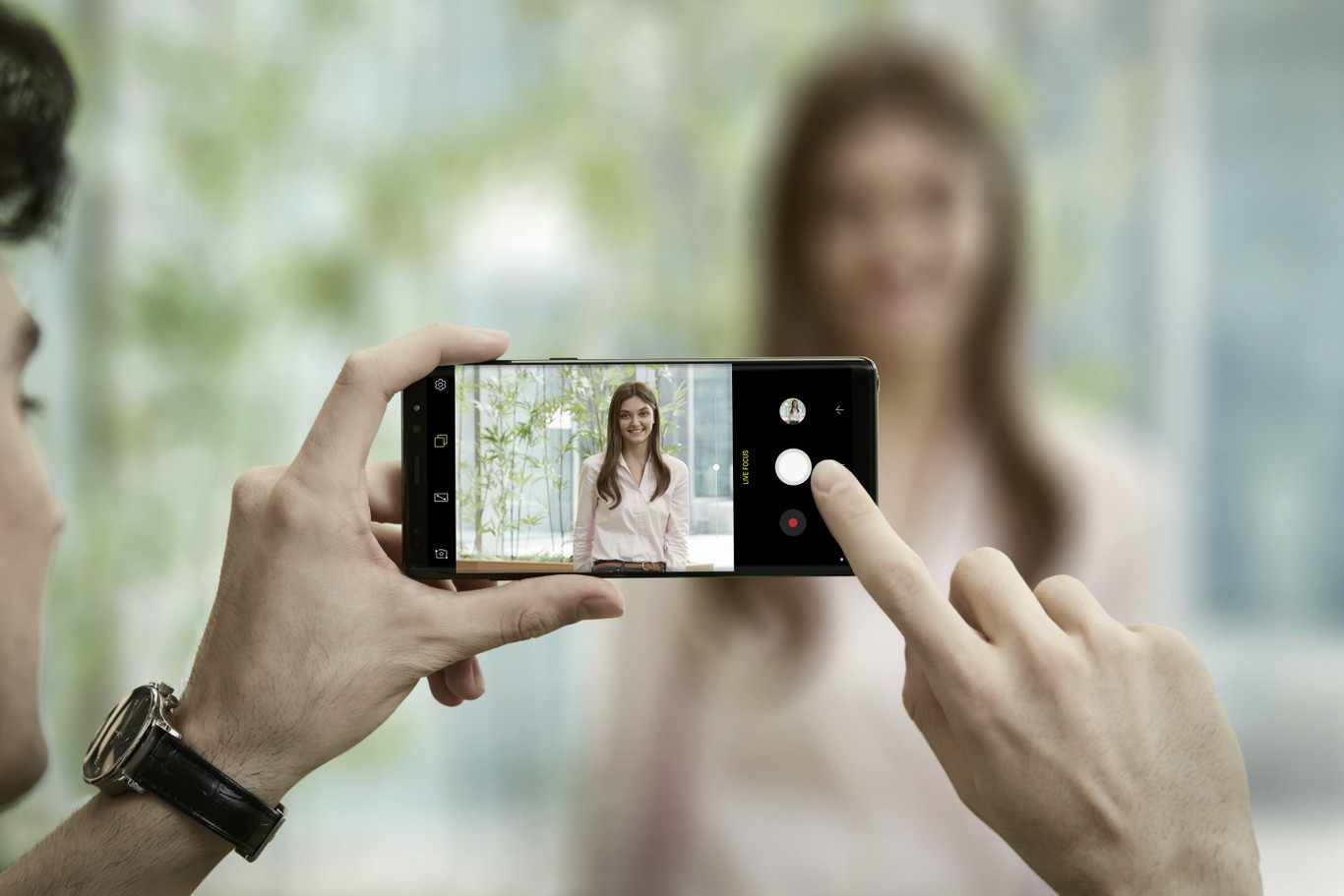
The camera will also have an option called ‘Live Focus’, allowing you to generate background blur in SLR-style photos. The most interesting thing about this option is that we are not limited to being able to do it when taking the photo since once taken without this effect, we can apply it later.
Samsung has always stood out for the quality of the photos that its high ranges take, so matching the optical zoom option that other manufacturers offer should be enough to stay on top. We will have to thoroughly test this feature to see to what extent they achieve it.
Two processors that we already know
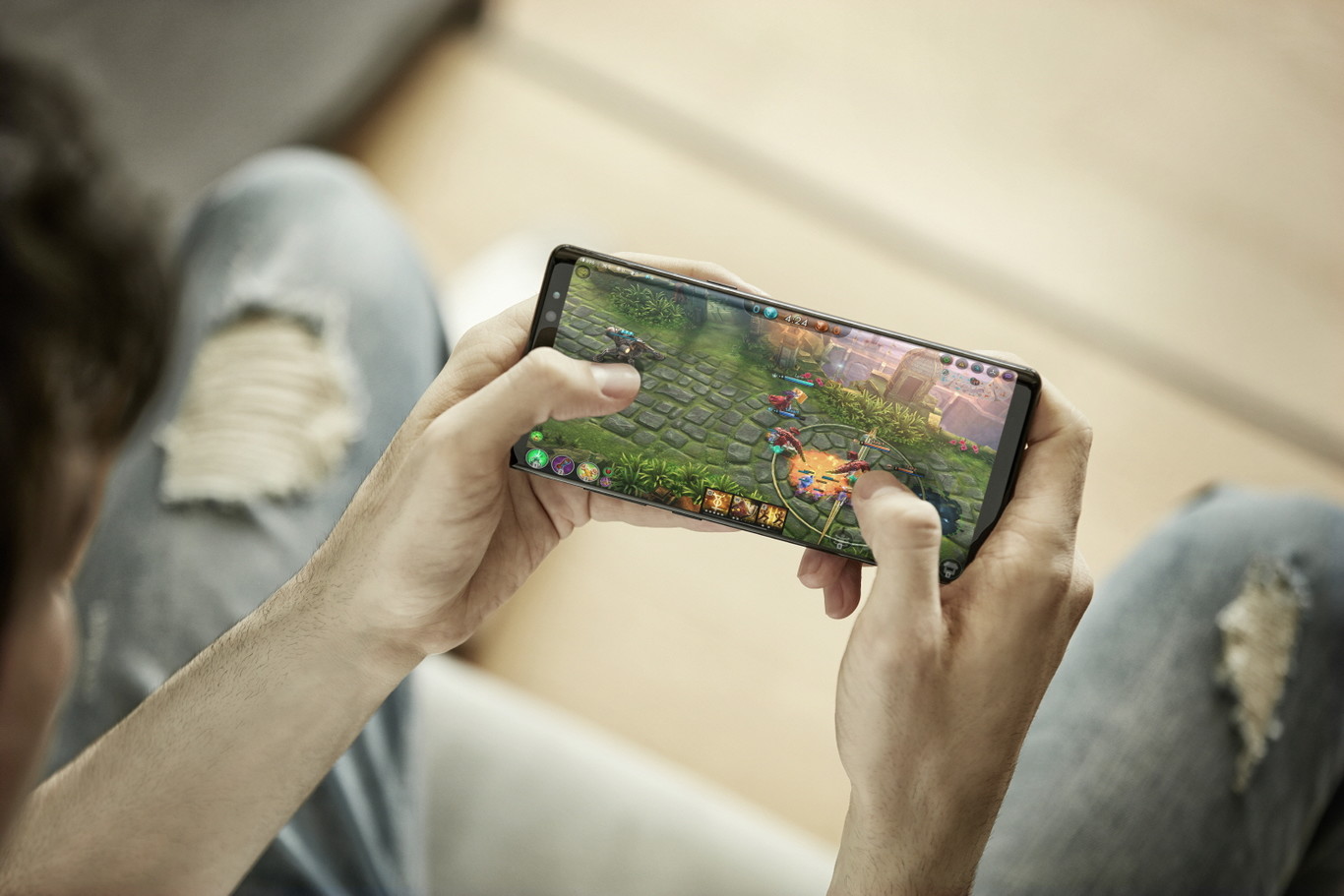
Under the hood, we will find two types of processors that will vary depending on the country in which the mobile is sold, but both have similar 64-bit and 10-nm architectures. These are the Exynos 8895 and Qualcomm Snapdragon 835.
They are the same processors that the Galaxy S8 equipped at the beginning of the year. This means there will not be a notable increase in power compared to previous devices, except for the advantages offered by the multifunction, which have increased to 6 GB of RAM.
And speaking of multifunction, the Note 8 will again use DeX technology to embrace the convergence between mobile and desktop. The extra 2 GB of RAM will be useful in desktop mode. In addition, as a novelty, it will include improvements at the integration level by using different APIs to improve the adaptability of full-screen mode in games and applications.
All this will come with the Android 7.1.1 operating system with the TouchWiz customization layer. Android 8.0 Oreo has just been unveiled, so it stands to reason that this should be one of the first devices on the market to receive it when Samsung adapts it.
TouchWiz for its part will add some extra features to Android. The most prominent will be an ‘App Pair’ to create shortcuts to launch two apps simultaneously, but we will also have a split screen mode to use two apps simultaneously and the DeX above to use the mobile as a desktop computer.
Release date, versions, and prices of the Note 8
Samsung’s new Galaxy Note 8 will go on sale on September 14. You can book it now as of today, and its price will be 1,010.33 euros in its Midnight Black and Maple Gold versions.

Sharlene Meriel is an avid gamer with a knack for technology. He has been writing about the latest technologies for the past 5 years. His contribution in technology journalism has been noteworthy. He is also a day trader with interest in the Forex market.




